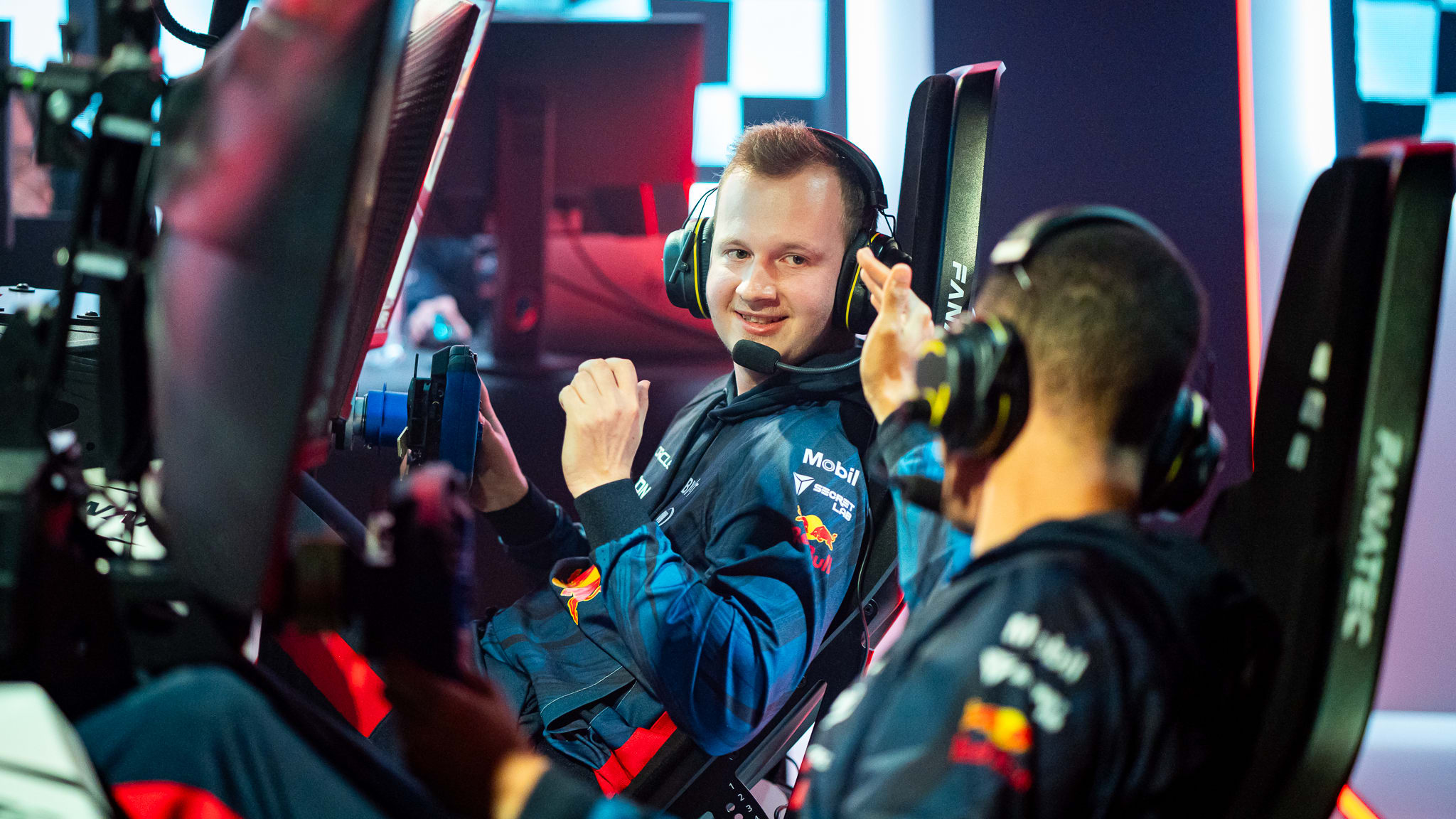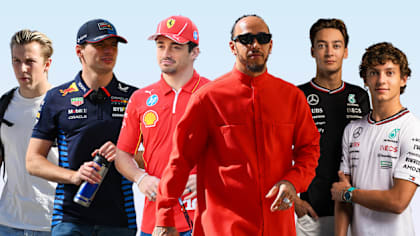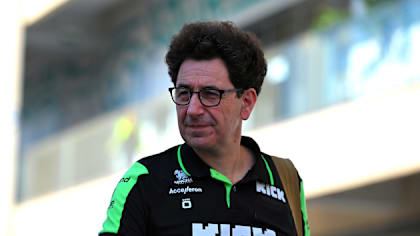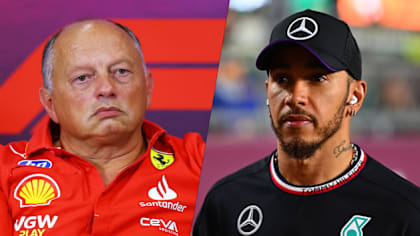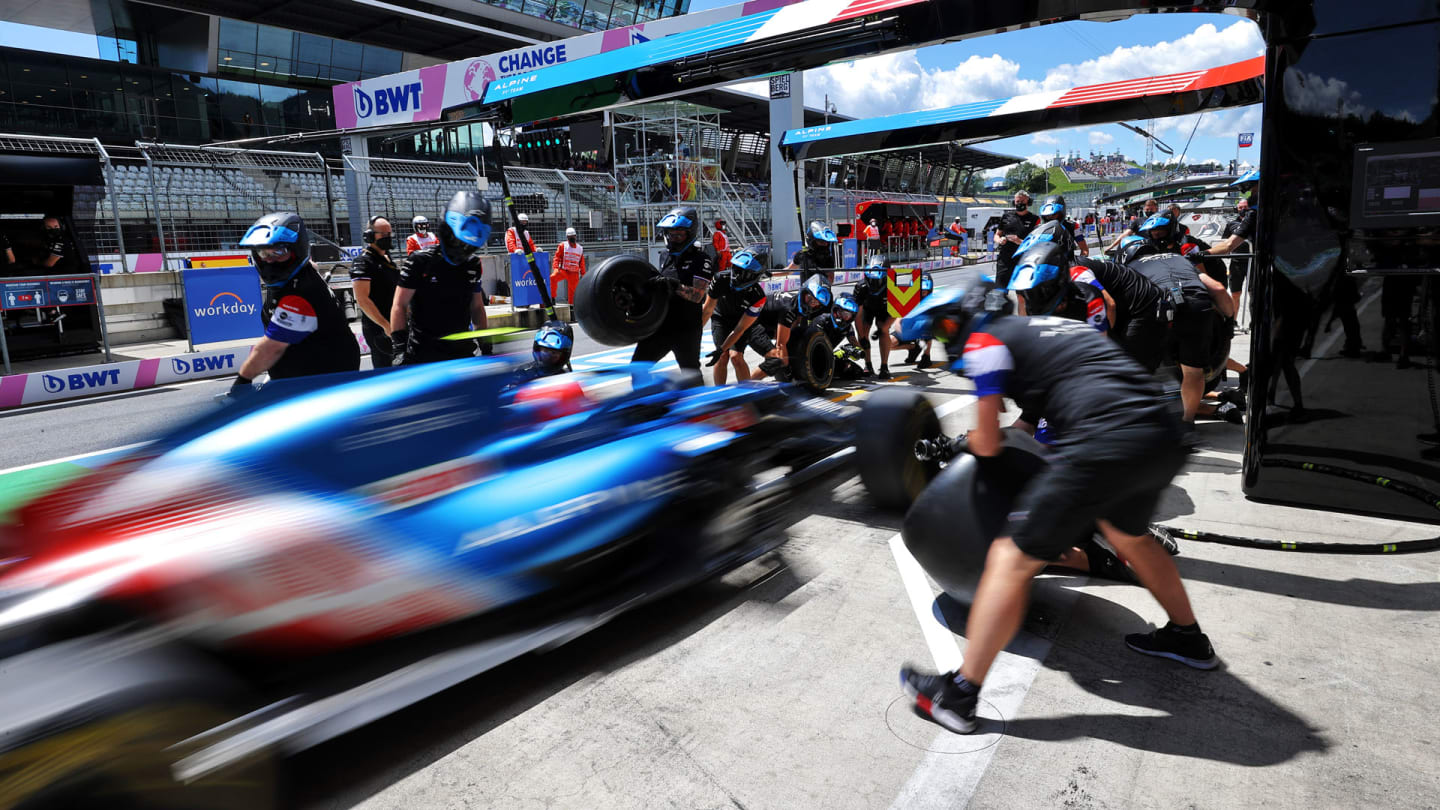
Feature
STRATEGY GUIDE: What are the possible race strategies for the Styrian Grand Prix?

Share

After a race in France that hinged on strategic choices, we take a look at the different options available to the teams ahead of today’s race at the Red Bull Ring - including what happens if it rains...
What are the likely strategies for the frontrunners?
After a few races where teams were on similar strategies, we’ve got a proper split once again in Austria. Max Verstappen, Lewis Hamilton and Valtteri Bottas all qualified on the medium tyre in Q2, whereas the rest of the top 10 are on softs. It would have been the top three on mediums but Bottas’ grid penalty means he starts fifth, with Lando Norris and Sergio Perez ahead of him.
A one-stop strategy is once again the aim, but there are options for those starting on the mediums, depending on which tyre they want to run in the second part of the race. A medium-hard strategy would allow an attacking race and is most likely if temperatures are high during the race, with a pit stop window between laps 28 and 32.
The other option is to run longer on the mediums and switch to softs later on, when the fuel load will have come down and the lighter car can look after the rear tyres better. For that, expect to see a first stint of more than 40 laps, with a pit stop coming between laps 41 and 46.
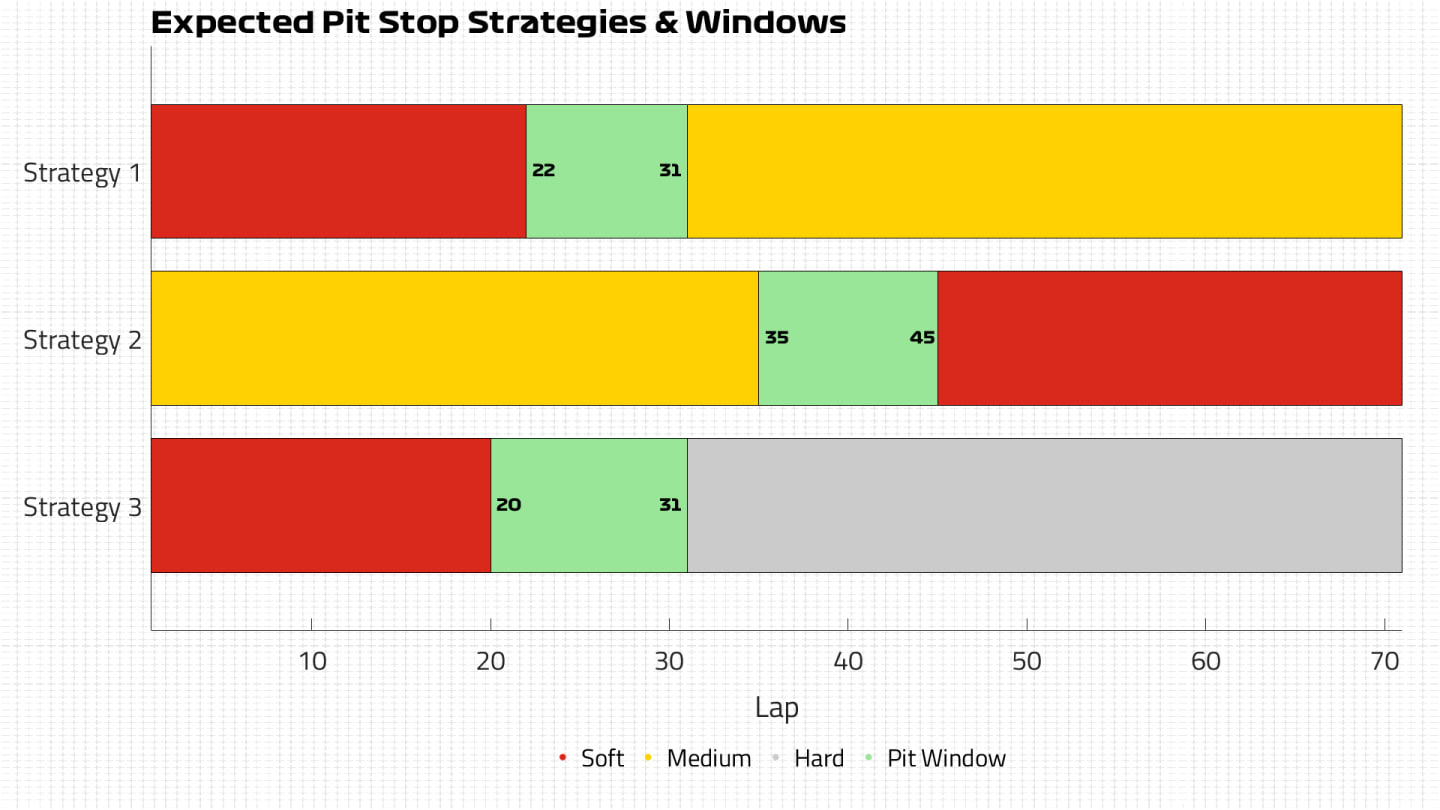
How about the rest of the top 10?
It’s a bit unfair not to call Perez and Norris frontrunners given their performances on Saturday, but they are the first two cars on the opposite strategy – they will start on the softs. You might have already worked it out by now based on what the medium runners are likely to do, but there are two clear strategies here as well.
The first is to run a strategy of soft-hard, completing 20-25 laps on the softer compound before switching to the hards to the end end of the race. If drivers can extend that first stint by another five laps, they could consider using the medium tyre for the second part of the race, but the difficulty comes in keeping the rear tyres under control in that first stint, because good traction is crucial to lap time at the Red Bull Ring.
One other option is to try a two-stop, especially when the previous race in France is taken into account. If track conditions are cooler but dry, then there’s a chance the front left becomes a limiting factor too, and teams could go for an earlier first stop to switch to mediums, before a final stint on another set of softs.
The upside is the strategic flexibility provided by the first stop, allowing a team to choose when to pit to avoid traffic and push harder on their tyres in each stint.
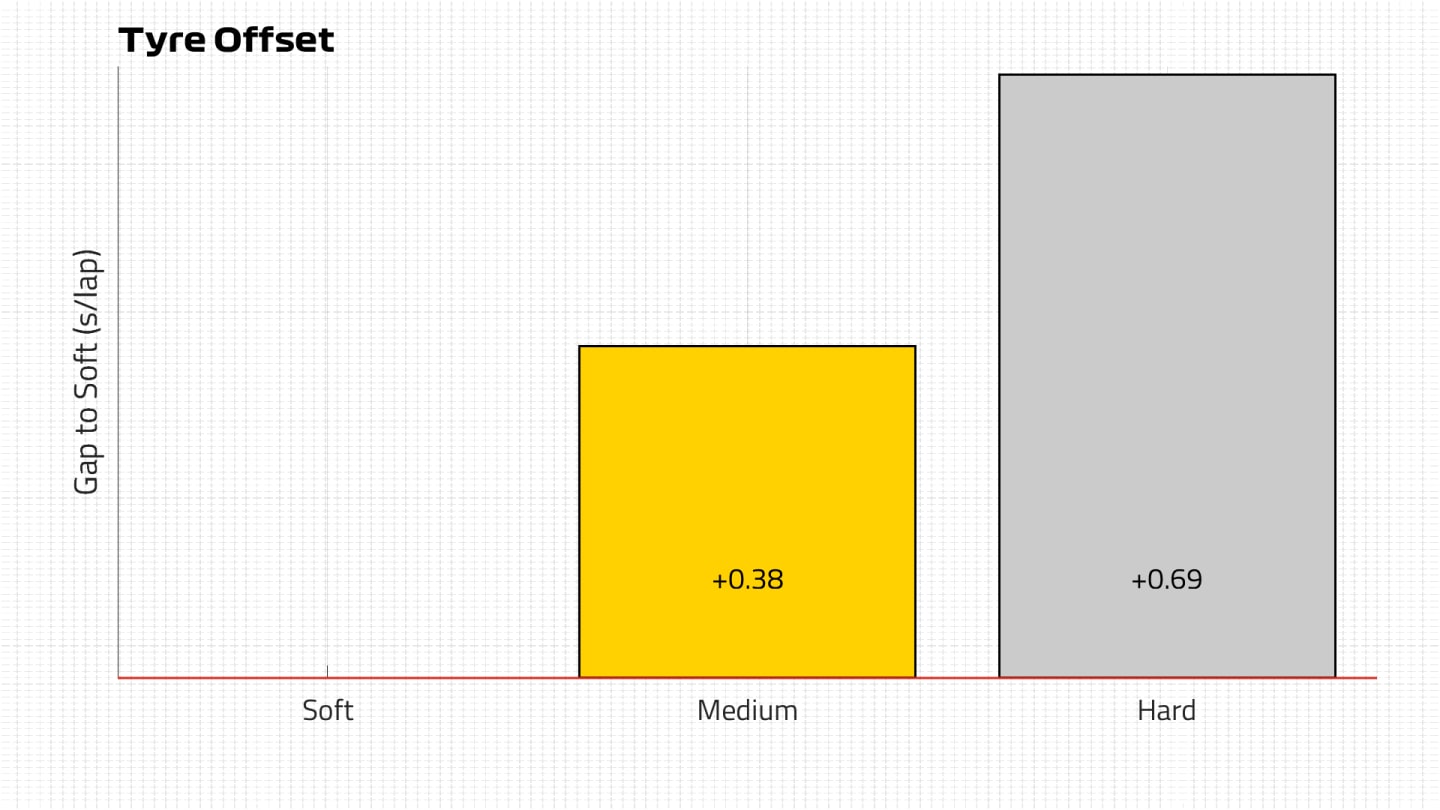
What are the options for the bottom half of the field?
The first driver to have all of the strategies available to them actually doesn’t start in the bottom half of the field at all, as George Russell qualified 11th - and therefore gets a free tyre choice - but has since been promoted to tenth due to a three-place grid penalty for Yuki Tsunoda.
So Russell has a top 10 start, but retains the ability to choose which tyres he starts on. Given the options above all feature a combination using all three compounds, it does open up the possibility of a team opting for the hard tyre for the first stint.
Run the hard long enough and you can choose between medium and soft for the second stint depending on performance and track position, but there’s also the consideration when it comes to the weather too. With a risk of rain (as we’ll outline below) the hard can be even more attractive because it opens up the ability to run as long as is required until switching to intermediate or wet tyres.
The downside to that strategy is the fact that the hard is not the best tyre to be on in damp conditions, so expect to see drivers starting on the softs if rain is likely to come earlier in the race.
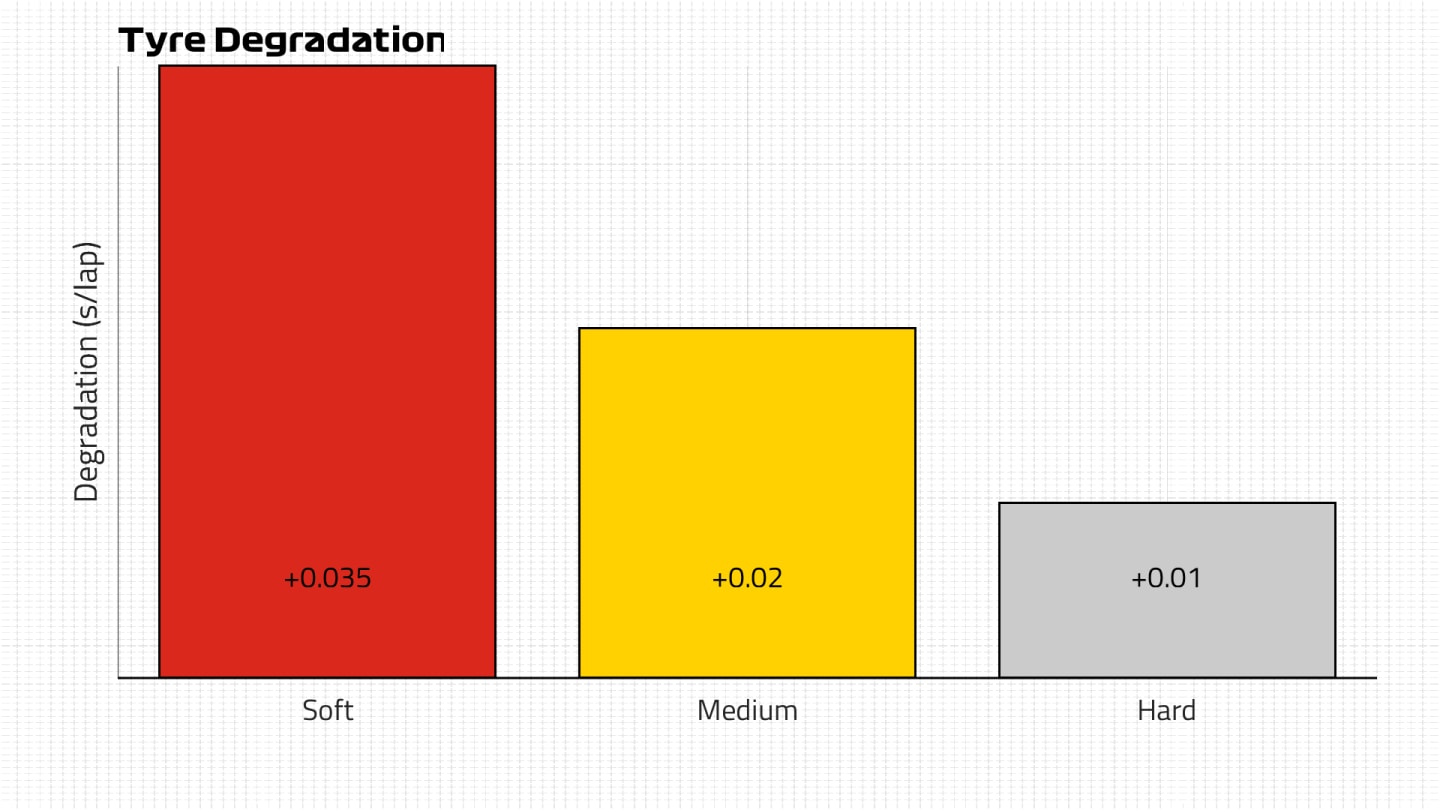
Wait, but what’s the weather doing?
We were hoping that rain might have an impact on the French Grand Prix last weekend, but while the clouds never threatened to mix up the conditions on track, in the end that race didn’t need it.
And the situation is similar in Austria, where another close fight is shaping up and there are multiple strategic options. But there’s also a bigger threat of rain than a week ago.
There have been a number of thunderstorms and heavy rain showers over the past few days, and some have hit the track but others have developed in the vicinity and never quite made their way to the Red Bull Ring. Friday was a case in point, where some big patches of rain kept appearing to the south of the circuit and just drifting to the east of the track.
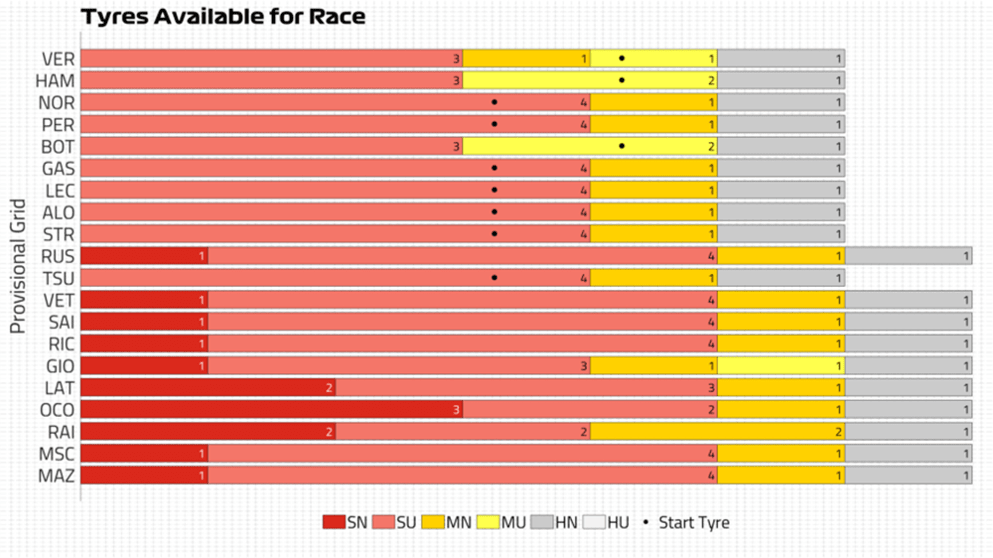
But Sunday looks the most likely to be rain-affected as the forecast suggests a 90% chance of thunderstorms at 1500 local time when the race starts. There’s a high chance in the few hours before the race, too, but temperatures are predicted to remain warm throughout so showers could lead to a drying track.
The risk of rain decreases slightly as the race goes on before the storms are predicted to clear through the area a few hours after the chequered flag, so it’s shaping up to be one of those days where team members are focusing on the weather radars and sticking their hand out to check for rain from the pit wall.
That’s where tyre strategy will become crucial but less easy to prepare for. It’s all about being on the right tyre at the right time.
YOU MIGHT ALSO LIKE
